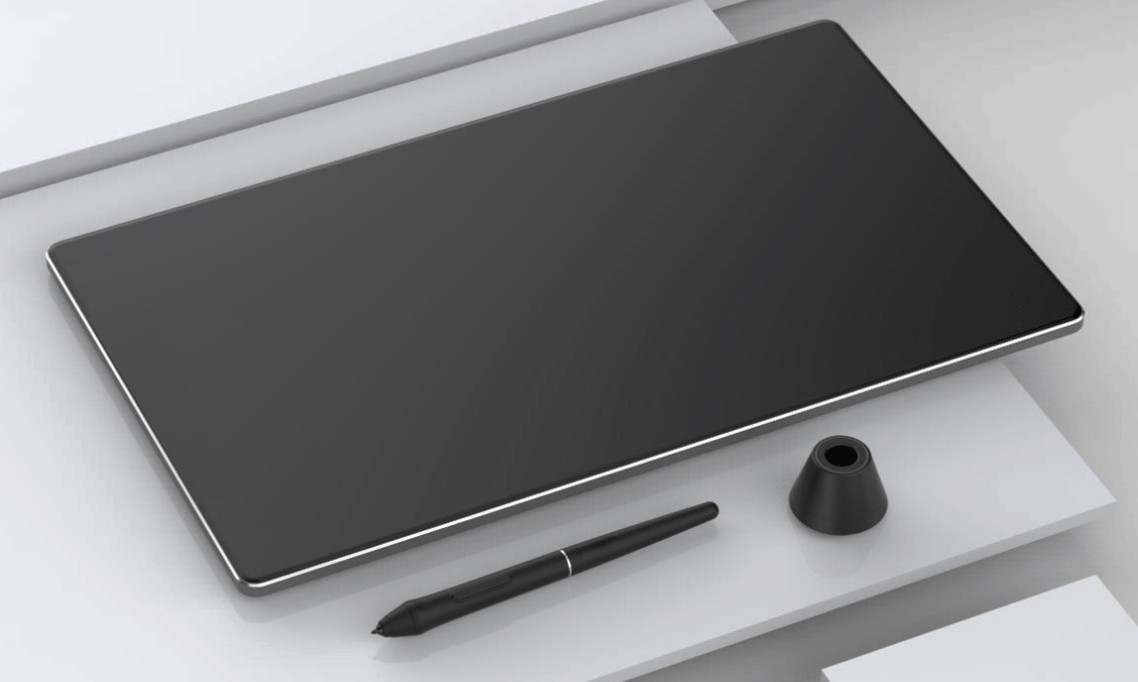Why Drawing Board Changes Your Lifestyle
In the current era where digital torrents and fast-paced life intertwine, a seemingly simple drawing board is quietly reshaping the way we dialogue with life with its gentle yet firm power. It is not a cold tool, but rather a silent companion. In the touch between the pen tip and the board surface, it awakens our perception of life and reconstructs the rhythm and meaning of daily life.
For modern people kidnapped by screens, the drawing board is a "breathing valve" to escape the information cocoon. When the rustling sound of fingers sliding across paper replaces the tapping of keyboards, and when colorful hues spread out before our eyes instead of the flickering pixels on the screen, we can finally withdraw from the bombardment of fragmented information. Maybe it's just casually sketching the shadow of a tree outside the window, or smearing a page of meaningless color blocks. The process itself is a healing meditation—it slows down our thoughts, focuses our attention on the current touch and vision. The peace brought by this "immersive creation" is something that scrolling through short videos or browsing social media can never provide.
It is also a "translator" connecting the inner self with the world. Not everyone is good at expressing delicate emotions with words, but the drawing board gives silent people another way to pour out their hearts: the frustration after a failed exam may be turned into a lonely boat in a rainstorm; the throbbing when falling in love may be a sketch full of pink light spots; the confusion during a career bottleneck may be condensed into a tangled line. These unstructured sketches are the truest mirrors of emotions, helping us sort out the chaotic inner world and allowing others to understand the unspeakable stories through colors and lines.
In parent-child time, the drawing board has become a "magic prop" to break the generation gap. When parents put down their mobile phones and children put away their tablets, sitting around the drawing board to jointly create a "family tree", the collision of brushstrokes hides unspeakable tacit understanding; when children use crayons to depict whimsical imaginations, parents add detailed annotations with pencils. This kind of collaboration can draw the distance between hearts much better than preaching. It makes companionship no longer "co-existing while each is brushing their phones", but real interaction and resonance, quietly building warm family memories in the blending of colors.
Even in daily decision-making, the drawing board can become a "navigation device" for clear thinking. Hesitant about the travel destination? Draw the scenery and mood of each option on the drawing board; planning the weekend schedule? Use different colored sticky notes to mark the priority and timeline; sorting out work problems? Disassemble the logical chain on the board in the form of a mind map. The visual presentation makes abstract ideas concrete and chaotic thoughts gradually clear. This "visible thinking" makes life less hesitant and more determined.
The magic of the drawing board does not lie in its ability to make everyone an artist, but in that it provides us with a new perspective on life: no longer kidnapped by efficiency, but enjoying the process of creation; no longer bound by language, but accepting diverse expressions; no longer coerced by the virtual world, but rooted in real perception. When we get used to pausing for a moment in front of the drawing board, life is no longer a race track for hurrying, but a painting worth carefully depicting—and this is the ultimate meaning of how it changes the lifestyle.
